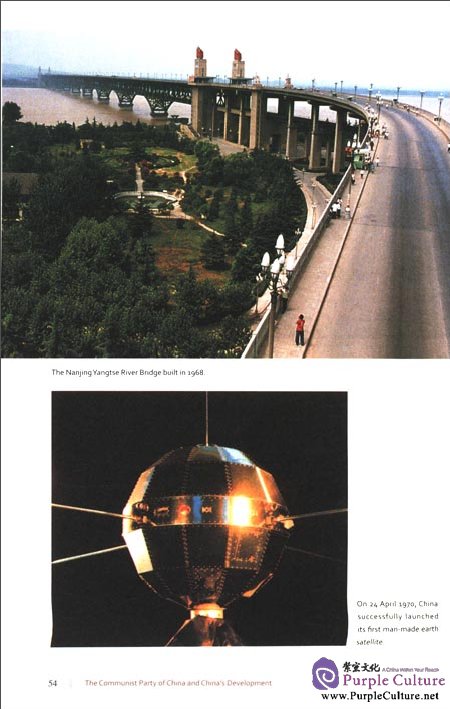Sample Pages Preview


In January 1935, the Political Bureau of the CPC Central Committee held a conference in Zunyi, Guizhou Province, where Mao Zedong was selected as the major leader of the CPC and the Red Army. Under his leadership, with a fearless spirit, despite facing hardship and death, the Workers' and Peasants' Red Army smashed the repeated encirclement efforts of huge numbers of Kuomintang troops. After crossing snow-capped mountains,swamps and uninhabited wildernesses, the revolutionaries finally arrived in northern Shaanxi Province.
While the Japanese invaders advanced steadily into North China, the Kuomintang government retreated again and again. This gave rise to a national call for resistance against Japan. At this grave national crisis, the CPC Central Committee advanced the principle of establishing a national anti-Japaneseunited front to mobilize all China's resistance forces. The Party Central Committee, by a policy to "force Chiang Kai-shek to resist Japan," actively developed anti-Japanese and national salvation movements. On December9, 1935, the CPC underground organization mobilized Beiping (present-day Beijing) students into a massive parade. The slogans "Down with imperialism," "Stop the civil war" and "United against the foreign invaders" were heard all over the city. On December 12, 1936, prompted by the nationwide anti-Japanese movements, and influenced by the CPC's policies, Zhang Xueliang and Yang Hucheng, two Kuomintang army generals, detained Chiang Kai-shek in Xi'an, to force him to act against the invaders. The two generals sent a public telegram calling for a cessation of the civil war and the formation of a united resistance. After analyzing both the domestic and international situations, the CPC Central Committee decided on pursuing a peaceful solution to this crisis. For this purpose, the CPC sent Zhou Enlai and others to Xi'an to mediate. Their efforts paid off, for the incident was eventually solved peacefully, leading to abandonment of the civil war and a second round of cooperation between the CPC and the Kuomintang.

